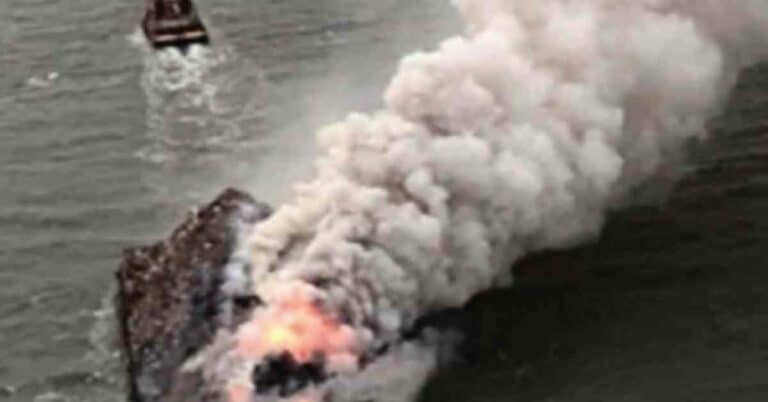Real Life Incident: Vessel Collision in Good Visibility
An LNG tanker was proceeding in the open sea at a speed of approximately 21 knots in good visibility..

An LNG tanker was proceeding in the open sea at a speed of approximately 21 knots in good visibility..

A RoRo ferry had finished loading and was leaving the berth. A strong onshore wind was pushing the ferry against the quay, and two bow thrusters were working at 100% to push the bow off the berth…

A tanker in ballast was departing from a river port, from a position which required a turn of approximately 180°. There was one pilot on board and one tug (the only one available) made fast aft.

Vessel A was making way at about 13 knots, gaining slowly on Vessel B which was making about 10 knots. The pilot of Vessel A observed Vessel B cross their bow from starboard to port about 0.5nm ahead…

A loaded tanker had dropped anchor in a designated anchorage in depths of 30 m, using six shackles in the water. Upon receiving clearance to berth the deck crew began recovering the anchor but the windlass was experiencing considerable strain.

A tug was towing a scrap metal barge in coastal waters in easy wind and wave conditions. The scrap metal was ‘shredder feed’, which is a lower grade than heavy melting steel.

A passenger ship was on a berthing approach to a dock. The Master took the con about 0.5nm from the pier, with the ship making about 7 knots.

The two crew were positioned in the forward part of the cargo hold, where they would hook the pontoons on to the crane.

A general cargo vessel was loading scrap metal into both the forward and aft cargo holds. A loader was lowered into the aft cargo hold to smooth the heap of scrap metal in certain areas.
"*" indicates required fields